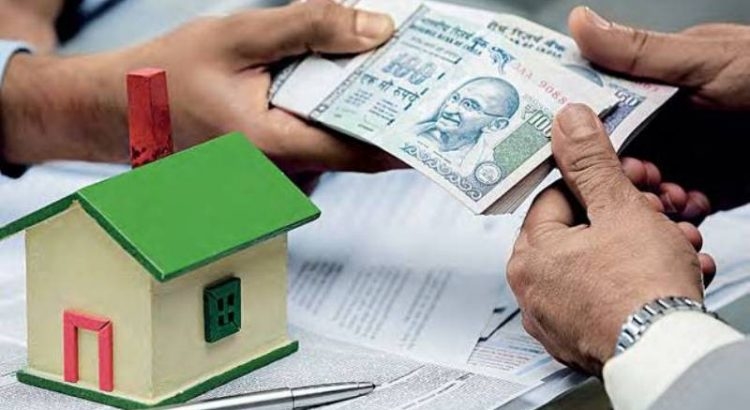Meanwhile ‘bad’ loans have climbed up to over Rs.8.85 lakh crore.
In a series of statements made in Parliament, through written answers to members’ questions, the govt. has revealed that bad loans of all 42 Scheduled Commercial Banks had risen to a staggering Rs.8.85 lakh crore by end December 2017 and over Rs.2.72 lakh crore had been written off (or compromised upon) by the 21 public sector banks since the Modi sarkar took over. Write off means that the bad loans are removed from the balance-sheet of the bank concerned.
Why are ‘bad’ loans and write offs important? The government endlessly laments that there are no resources to spend on important welfare measures or on essential services. Cuts are continuously imposed by Finance Ministry on spending on education and health, on schemes like MGNREGS (rural job guarantee) or social security, several services that the govt. should be handling are handed over to private profiteers in the name of saving precious resources. And yet, when it comes to corporate borrowers, the govt. has no qualms in writing them off or generally going lax in recoveries.
In fact, the govt. has admitted in Parliament on 3 April (Q.No.4050) that bad loans have exploded under its watch with their growth recorded at 182% among public sector banks and a stunning 234% among private banks during 2015-16 and 2017-18.
“Writing off of loans is done, inter-alia, for tax benefit and capital optimisation. Borrowers of such written off loans continue to be liable for repayment,” said state minister of finance Shiv Pratap Shukla, giving these figures on 27 March to the Rajya Sabha (Q.No.3600).
The minister is being disingenuous when he says that borrowers continue to be liable for repayment after their loan has been written off. As his statement also lists in an annexure, some Rs.29,343 crore have been recovered from the written off loans. That’s just about 11% of the amount written off. Recovery usually takes place through a mutual compromise either before or after proceedings are initiated in Debt Recovery Tribunals or under various other schemes/laws.
In another reply in Rajya Sabha (Q.No.4073), on 3 April, the minister had also said that 9063 ‘wilful defaulters’ had been declared by the public sector banks as of end December 2017. These are account holders and loanees that have absolutely refused to pay up for whatever reason. The sum of money involved, that is, the loans held by these defaulters was Rs. 1,10,050. Note that declaring a person or entity ‘wilful defaulter’ does not in any way mean that there is some chance of recovery of the loan. In fact, in all probability, the bank can say good bye to the amount owed.
In another reply (Q.No.3780) given in Rajya Sabha on 28 March, Gitiraj Singh, minister for micro, small and medium enterprises revealed that this sector has NPAs worth Rs.82,756 crore. That’s about a tenth of the NPAs owed by the corporate sector. About 90% of this is held by public sector banks. Clearly, it is the big corporate borrowers – the Nirav Modis, Deepak Kochhars, Vijay Mallyas, et al – who are sitting on the mountain of credit that remains unreturned. And, we know what happens to these high fliers –they fly away from India never to return, gobbling up the money they got from the public exchequer.
Courtesy: Newsclick.in

